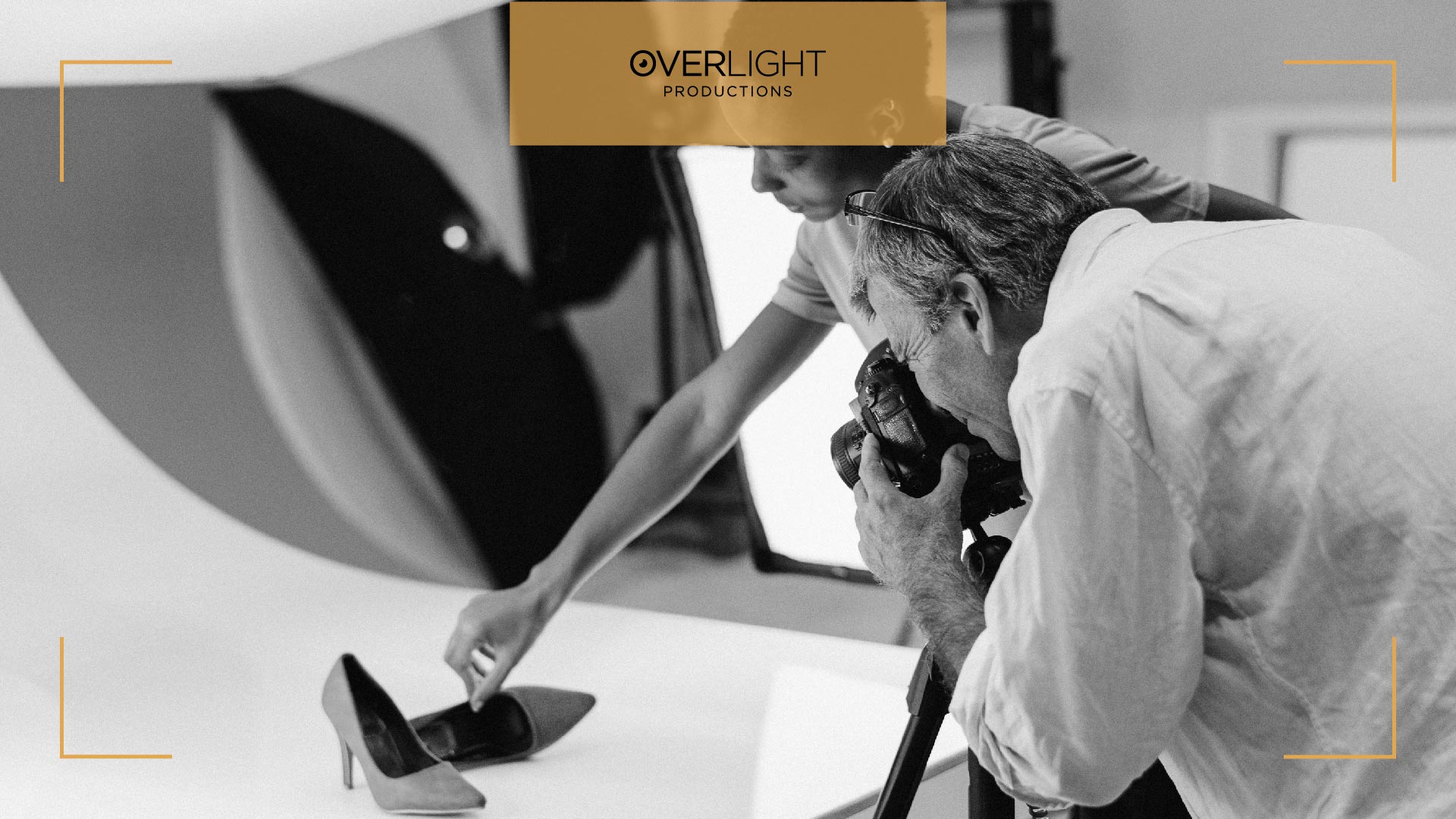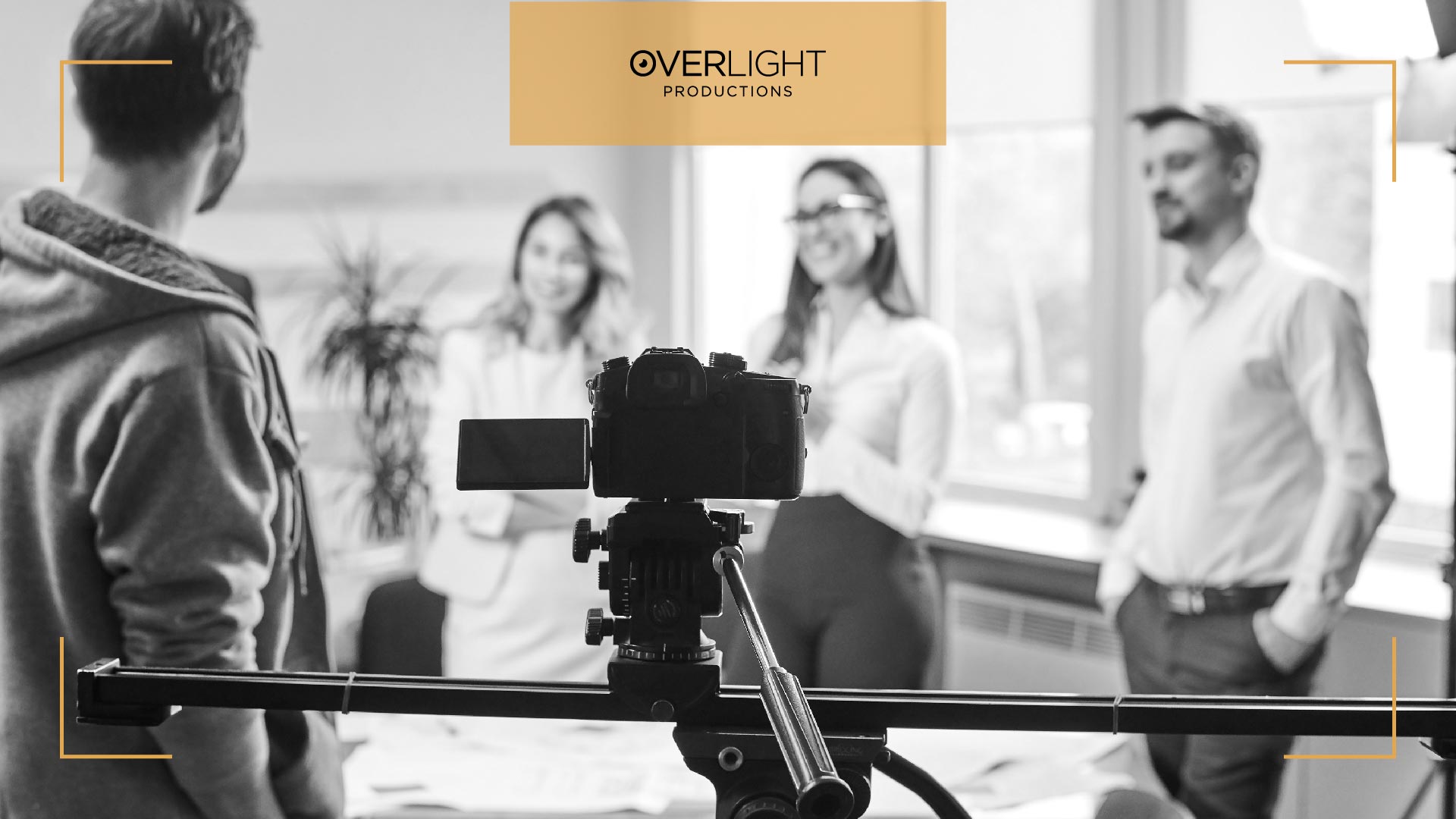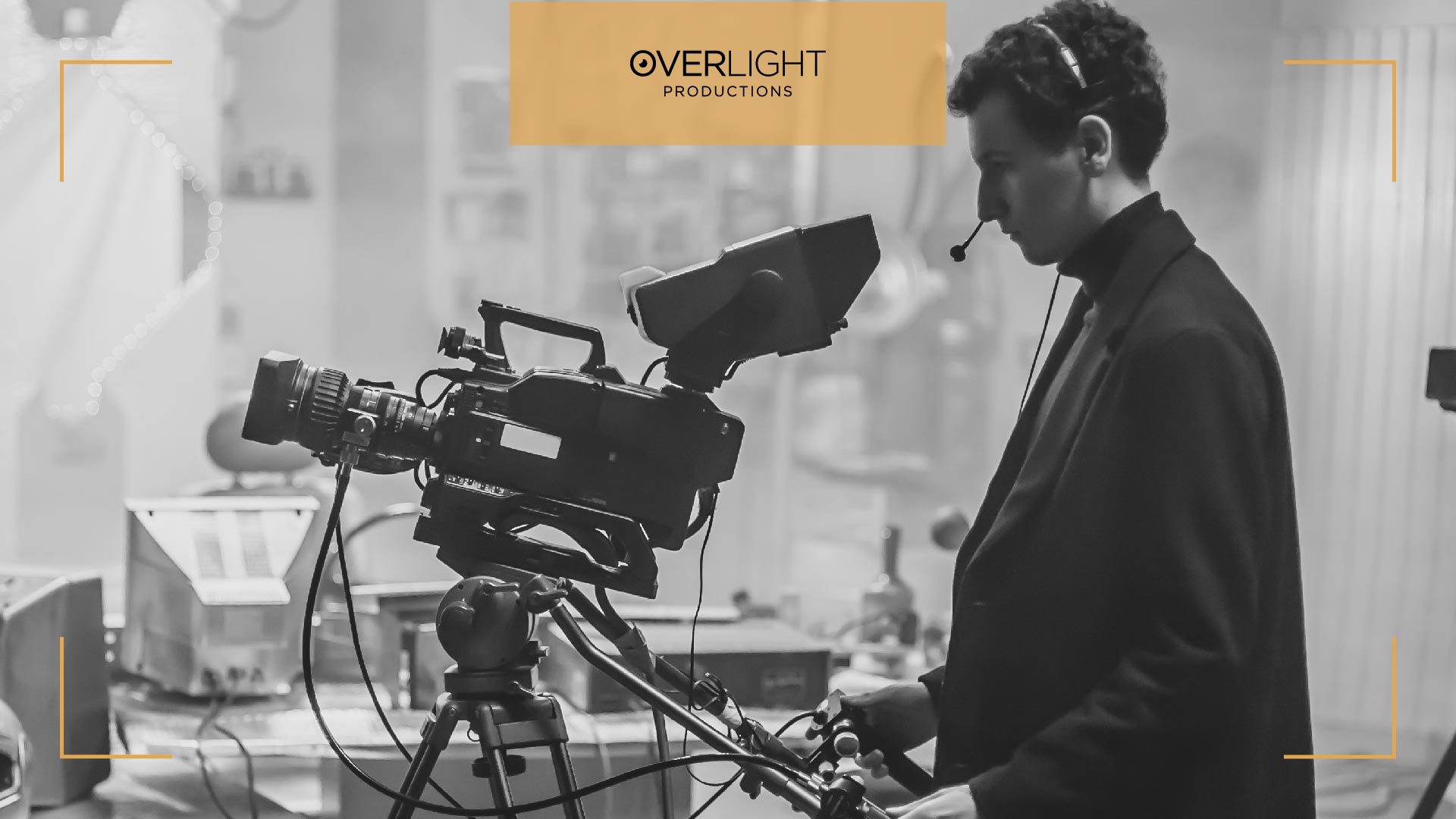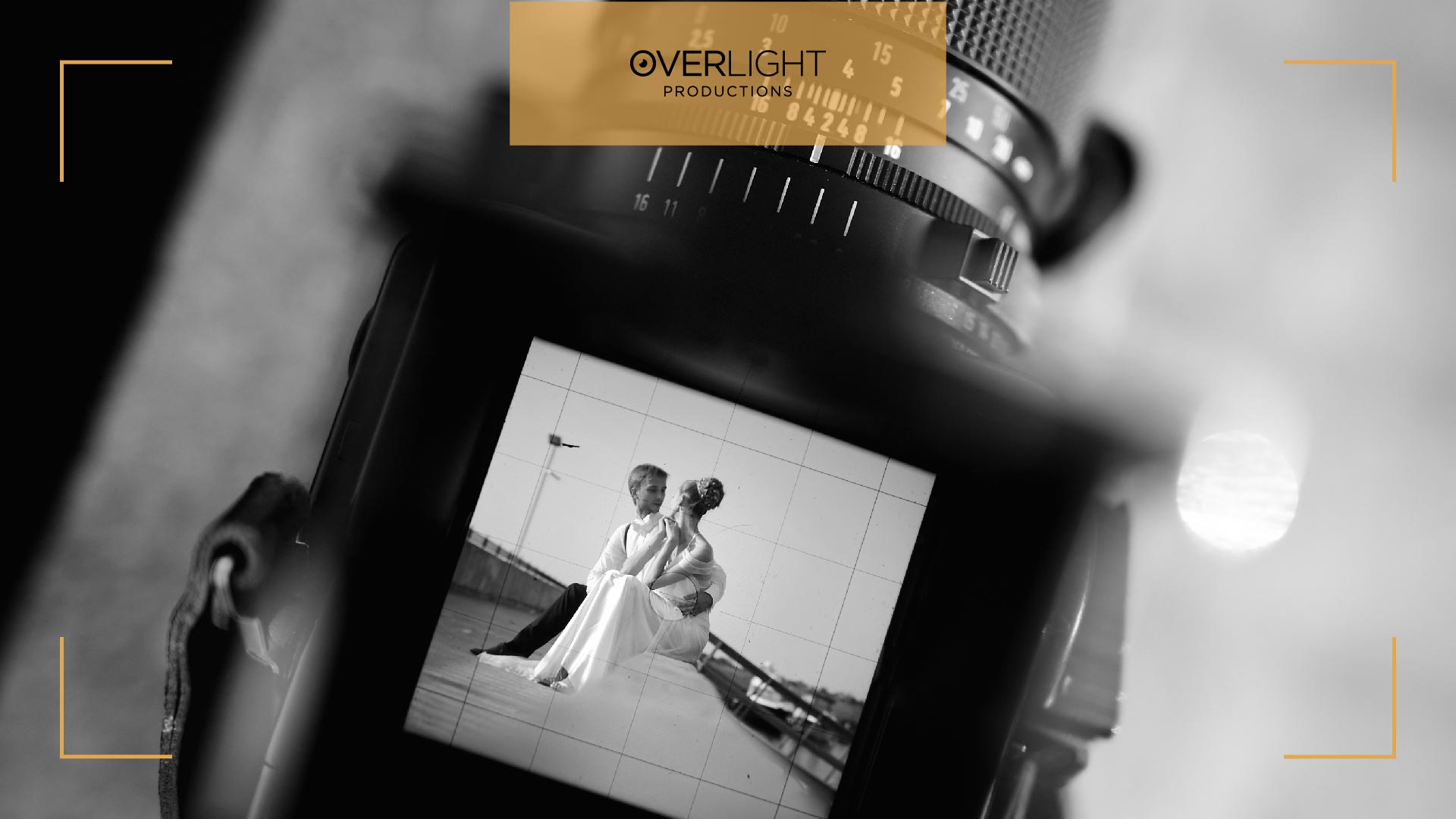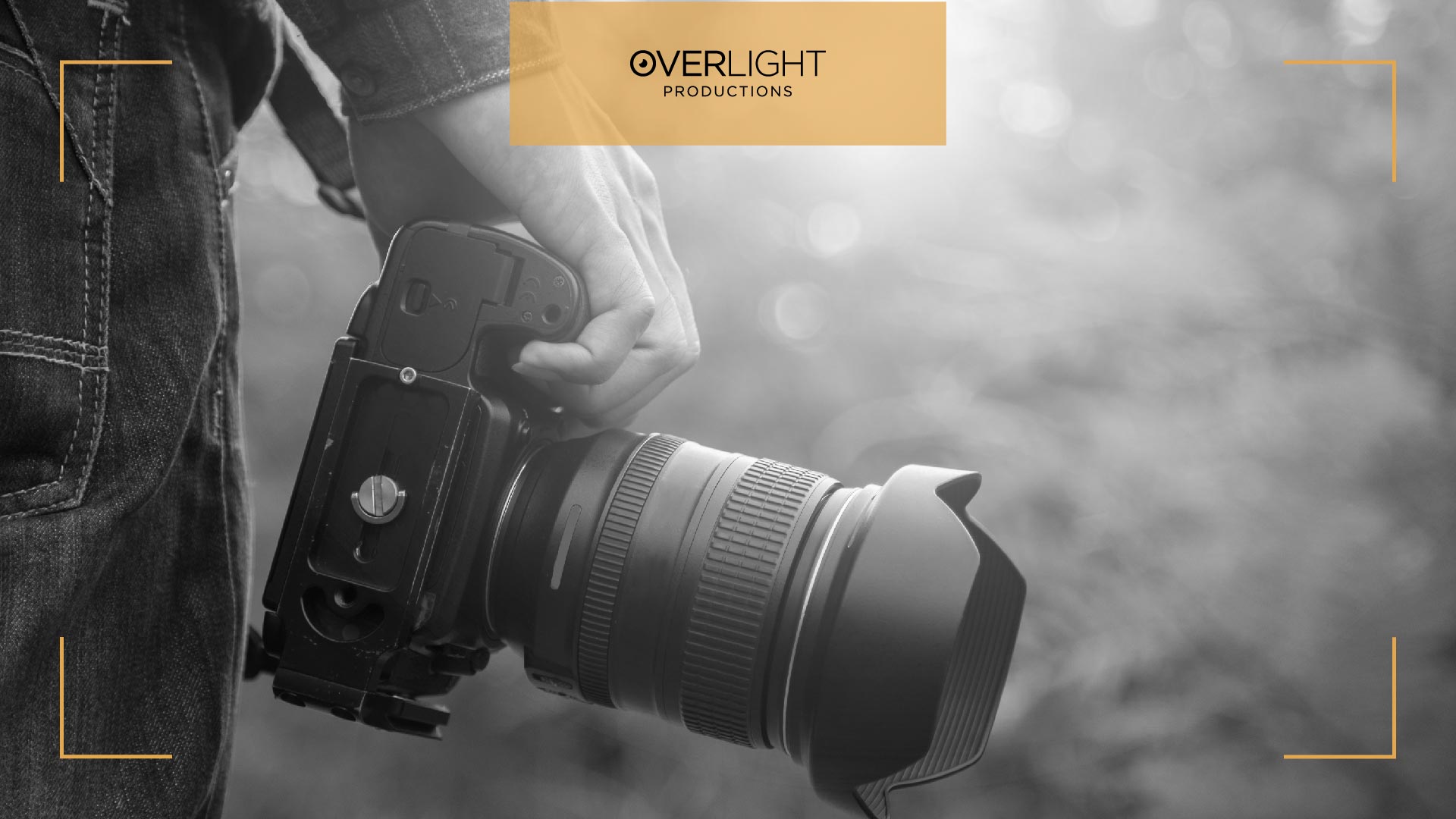 07 - March - 2023
07 - March - 2023
Photography is a skill that requires a great deal of patience and creativity. Lighting is an essential aspect of photography, and one of the best sources of lighting for photography is natural light. Outdoor natural light photography is a popular photographic style that captures the beauty and essence of nature in its most natural state. In this blog, we will discuss outdoor natural light photography tips to help you capture stunning photos using natural light.
Natural Light in Photography: An Overview
Before we get into outdoor natural light photography tips, we must understand natural light and its significance in photography. Natural light is light emitted by the sun and is the most commonly used light source in photography. Because it is free and widely available, it is a popular choice among photographers.
Natural light, with its warm and soft tones, can produce stunning photos but also have harsh and unflattering shadows if not used correctly. Understanding how to use natural light is essential for taking stunning outdoor photographs. It can add depth to your photos, highlight details, and create mood and atmosphere.
Natural Light Photography Tips
1- Use Natural Light as your Primary Source of Illumination.
The first and most important tip for outdoor natural light photography is to use natural light as your primary illumination source. This means you should position your subject so that natural light falls on them directly or indirectly. The golden hours are just after sunrise and just before sunset, the best times to capture photos with natural light. The light is soft and warm during these times, creating a beautiful golden glow in your photos.
2- Keep Away from Direct Sunlight.
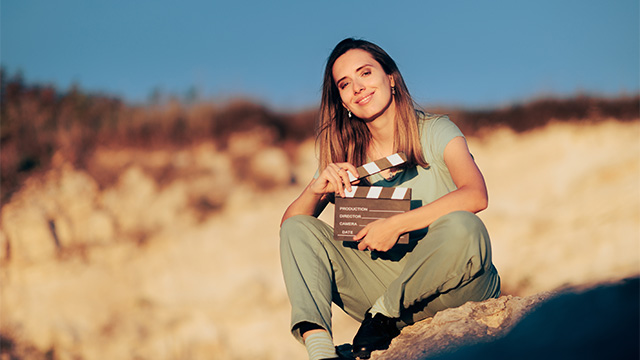
Direct sunlight can cast harsh shadows in your photos and produce unflattering lighting. To avoid this, shoot in the shade or wait until the sun is hidden behind clouds. If you must shoot in direct sunlight, a reflector can bounce the light onto your subject, creating more even and flattering lighting.
3- Consider the Time of Day
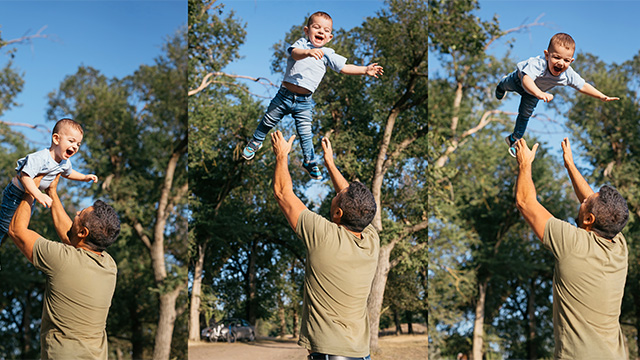
The time of day is an essential factor to consider when shooting outdoor natural light photography. As mentioned earlier, the golden hours are the best times to shoot outdoor photos with natural light. However, if you need to shoot during the day, it is best to avoid shooting during noon when the sun is directly overhead. This creates harsh and unflattering shadows, making it difficult to capture great photos.
4- Use Artificial Light as a Fill Light
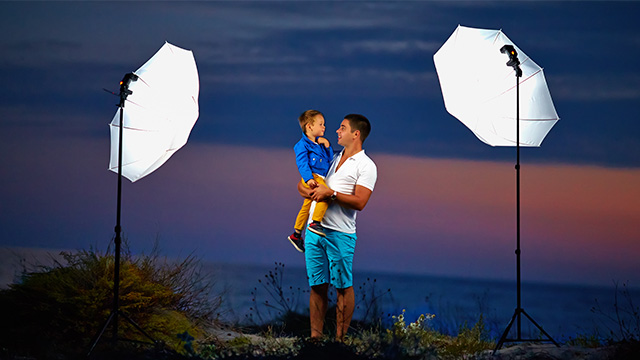
Sometimes, natural light may not be enough to capture the perfect shot. In such cases, you can use artificial light as a fill light to balance the lighting in your photos. This creates a more even and flattering light on your subject. You can use a flash or a continuous light source to achieve this.
5- Use Reflectors to Bounce Light
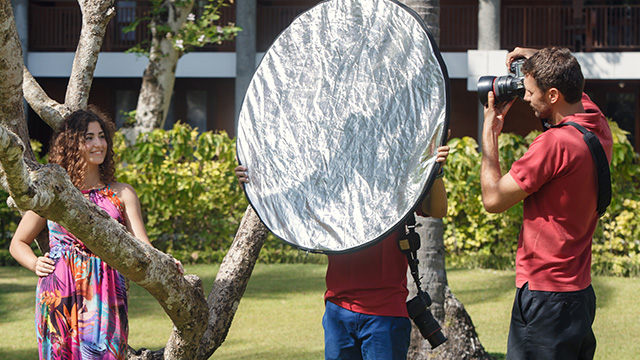
Reflectors are essential tools in outdoor natural light photography. They help to bounce light onto your subject, creating a more even and flattering light. You can use a white or silver reflector to bounce light onto your subject. Position the reflector in a way that it reflects the natural light onto your subject.
6- Position your Subject to Avoid Shadows
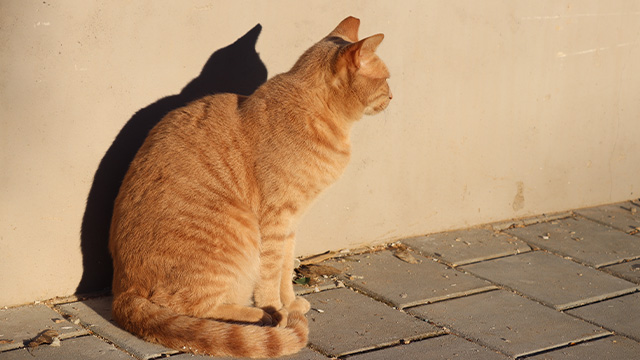
Shadows can ruin an otherwise perfect photo. When positioning your subject, make sure that they are not blocking the natural light source, creating unwanted shadows. You can position your subject in a way that the natural light is hitting them directly, creating a more even and flattering light.
7- Use the Environment to your Advantage

The environment plays a crucial role in outdoor natural light photography. You can use the environment to your advantage by positioning your subject in a way that the natural light is hitting them through the trees, creating beautiful bokeh. You can also use the environment to create interesting shadows and shapes in your photos.
8- Experiment with Different Angles and Perspectives
Experimenting with different angles and perspectives can help create unique and interesting photos. Instead of shooting from eye level, try shooting from a lower or higher angle. This can create a different perspective and add depth to your photos. You can also try shooting from different positions and angles to create interesting compositions.
9- Look for Interesting Lighting Situations
Interesting lighting situations can help create stunning photos. Look for situations where the natural light is creating interesting shadows, shapes, or patterns. This can add depth and texture to your photos, making them more visually appealing.
10- Improve your Camera's White Balance
Light can appear cold and blue at times. At times, it seems to be toasted and golden.
While our eyes naturally adjust so that colors appear the same in different lighting conditions, cameras use a setting known as white balance.
Your camera's white balance affects how it perceives light, allowing you to control the morning tones. In addition, you can set your camera to compensate for too cold or warm light. Most DSLRs come with seven standard white balance settings, with Auto White Balance being the default.
Set the white balance to daylight if you're shooting in direct sunlight. When shooting outside, fluorescent or tungsten lights can help balance the colors.
Differences between Natural and Artificial Lighting Photography
The light source is the most significant difference between natural and artificial light photography.
Natural light from the environment illuminates the photographs in natural light photography. On the other hand, artificial light photography lights photos with artificial light sources such as studio lights and strobe lamps. Let's go over their main differences.
1- The availability of light
Natural lighting conditions change with time and weather. These considerations you must make if you work in an outdoor photo studio.
On the other hand, an artificially lit studio will have a light source at all times of the day and night. Unlike natural lighting, artificial lighting is unaffected by changes in the weather.
2- Management of the lighting source
Natural lighting is difficult to control because natural forces determine its outcome. However, certain types of natural lightings, such as street lights, can be controlled with varying degrees of difficulty.
On the other hand, artificial lighting is simple to control and direct. Studio lights can be adjusted to meet your lighting needs at any time of day or night, and they can even be used to simulate natural lighting in your photography. In addition, artificial lighting is more predictable and is preferred by photographers who want to avoid re-shooting.
3- Case studies
Artificial lighting can produce excellent results for portraits and nighttime photography outside.
Natural lighting, on the other hand, is ideal for outdoor photography. It produces stunning images. It makes breathtaking landscape photographs and is preferred in many genres, such as street photography, which would otherwise be difficult to capture with artificial lighting.
Read more: What Are the Edges of An Experienced Photographer?
Are you Ready to take your Natural Light Outdoor Photography to the Next Level?
The suggestions in this blog are only the beginning. You can employ numerous other techniques and strategies to take stunning photographs in natural light. Don't be afraid to try new things and experiment.
Continue to practice and learn from your mistakes. Over time, you will develop your style and approach to outdoor natural light photography. So, grab your camera, go outside, and explore the wonders of natural light in photography. You might have discovered your next masterpiece.
In addition to the tips mentioned in this article, it's also important to remember that every photographer has their own unique approach to outdoor natural light photography. Some photographers prefer to shoot during the golden hour, while others prefer to shoot during the blue hour or even at noon. Some photographers like to use natural light exclusively, while others like to mix in artificial light sources to create a more dramatic effect.
Ultimately, the key to successful outdoor natural light photography is to find what works best for you. Outdoor natural light photography can be a challenging but rewarding pursuit. You can capture stunning photos that will be cherished.
What are the Benefits of Shooting Outdoors at Various Times of the Day?
The timing of your shoot is an essential aspect of outdoor natural light photography. Different times of day will produce other lighting effects, so it's critical to understand the benefits and drawbacks of each. For example, the golden hour, or the period between sunrise and sunset, is famous for photographers because the light is soft and warm, creating a beautiful and flattering effect on subjects. Shooting at noon, however, can be difficult due to the harsh sunlight. However, with the proper techniques, stunning photos can be created at any time of day.
What is the Advantage of the Natural Light and Surroundings in Your Outdoor Natural Light Photos?
Another important consideration is the environment in which you will be shooting. Natural elements such as trees, water, and mountains can create exciting lighting situations while adding depth and texture to your photographs. Reflectors can also help bounce light onto your subject, creating a softer, more flattering effect. You can also take advantage of the environment by positioning your issue in a way that takes advantage of the photoshoot locations. You can create stunning results by taking these factors into account.
By considering these factors, you can create stunning outdoor natural light photos that capture nature's beauty in a unique and captivating way.
What is the Best Angle for Natural Light when Shooting Outdoor Natural Light Portraits?
It's critical to pay attention to the direction of the light when shooting outdoor natural light portraits. Aim the morning at your subject from the front or side to avoid harsh shadows and unflattering lighting. When the light is behind your subject, it can create a silhouette effect, which can be exciting but is not always appropriate for portrait photography.
What are Some other Tips for Shooting Outdoor Portraits?
Furthermore, when shooting outdoor portraits, it's critical to communicate with your subject and make them feel at ease. Please encourage them to relax and have fun and instruct them on how to pose and where to look. Experiment with different angles and compositions, and use the natural environment to add depth and interest to your photographs.
Read more: Photography Trends in 2023
Conclusion
Natural light is the light emitted by the sun or moon, not a camera flash or artificial light. It differs from artificial light because it uses an artificial light source to light the photos, such as studio strobes.
Natural light photography produces stunning images that are suitable for any occasion.
Knowing how to work with varying natural light conditions is the first step in mastering natural light photography. This can be accomplished by learning when and how to shoot and manipulate natural light with reflectors and diffusers.
Are you looking for photography services? Get help from Overlight, the leading production company in Dubai!
